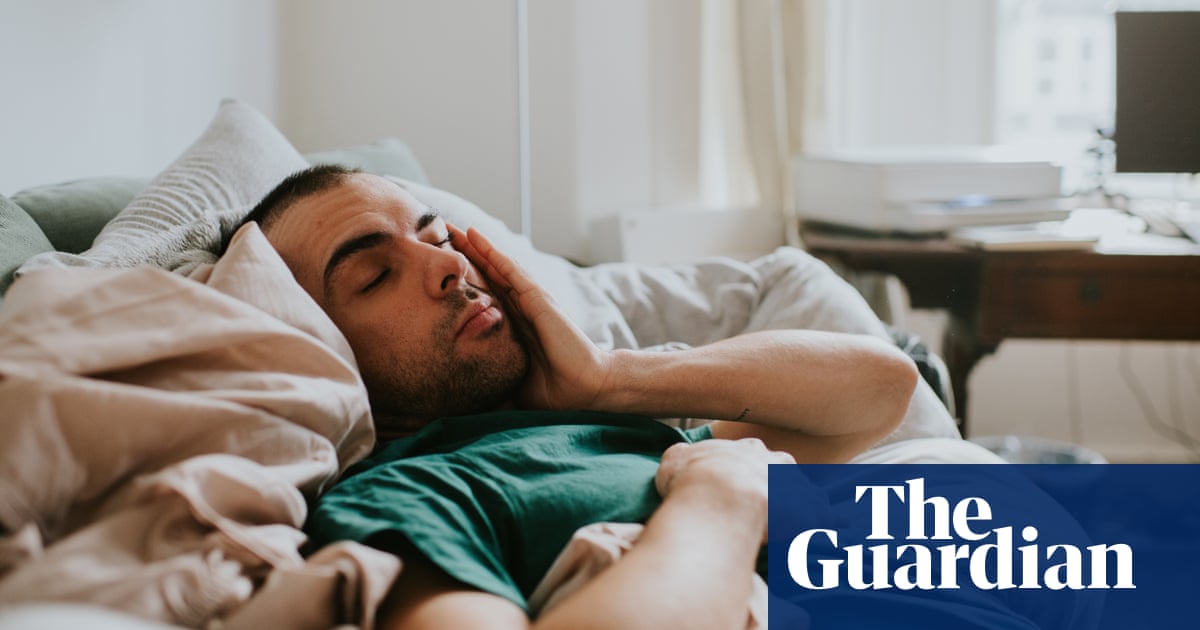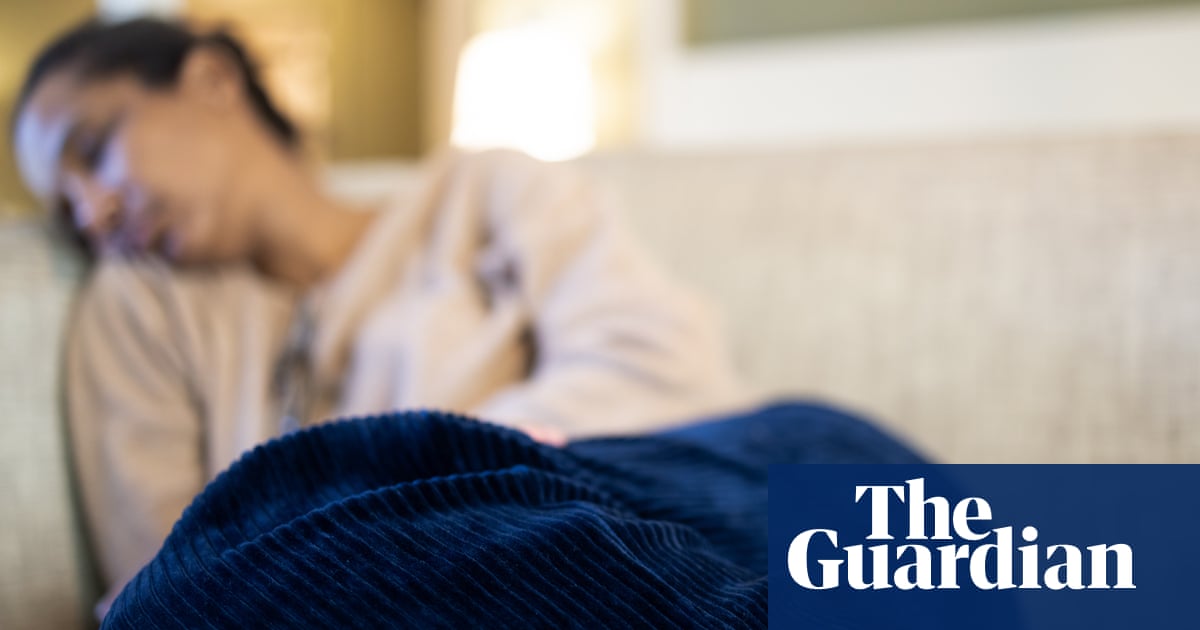
People with excessively flexible joints may be at heightened risk of long Covid and persistent fatigue, research suggests.
Hypermobility is where some or all of a person’s joints have an unusually large range of movement due to differences in the structure of their connective tissues that support, protect and give structure to organs, joints and other tissues.
Up to 20% of adults are hypermobile and many of them are completely healthy. Hypermobility can even be beneficial, with many musicians and athletes having very flexible joints. However, it can also create problems, such as an increased propensity to pain, fatigue, joint injuries and stomach or digestive problems.
Dr Jessica Eccles, of the University of Sussex, and her colleagues had been investigating a potential link between hypermobility, myalgic encephalomyelitis/chronic fatigue syndrome (ME/CFS) and fibromyalgia (a condition that causes pain all over the body), when the Covid pandemic hit.
“We started thinking, if hypermobility is potentially a factor in ME/CFS, is it also a factor in long Covid?” Eccles said.
She teamed up with researchers from King’s College London and examined data from 3,064 participants in the Covid symptom study (now the Zoe health study) to see if they had hypermobile joints, had fully recovered from their last bout of Covid, and if they were experiencing persistent fatigue.
The research, published in BMJ Public Health, found that people with hypermobile joints were about 30% more likely to say they hadn’t fully recovered from Covid-19 than those with normal joints, and were significantly more likely to be affected by high levels of fatigue.
Although the study doesn’t prove that hypermobility caused their illness, there is a plausible mechanism through which it could contribute symptoms such as fatigue, brain fog and postural tachycardia syndrome (PoTS) – where people’s heart rates rapidly increase when they stand up.
Eccles added: “We’ve known for some time that PoTs is closely associated with hypermobility.” The theory is that loose connective tissue in people’s veins and arteries can cause blood to pool in their tissues, meaning the heart has to work harder to pump blood to their brains when they stand up, triggering symptoms such as palpitations and dizziness.
“It may be that some of these abnormalities were always there, but Covid unmasked them in a vulnerable person,” Eccles said.
One theory she is investigating is whether reduced blood flow to the brain could contribute to brain fog and fatigue in a subset of individuals. However, there are other possibilities.
Eccles said: “We also know that hypermobility is related to conditions such as ADHD and autism, and ME/CFS and fibromyalgia, so fatigue might be a consequence of that.”
She stressed that long Covid was unlikely to be a single entity, but said a better understanding of the link with hypermobility may aid the development of new treatments.
“What this work suggests is that there may be a subgroup of people with long Covid who are more likely to be hypermobile,” she said.
“This is important to identify. It may be that some of the same things that help people with hypermobility and pain, such as strengthening and supporting the core muscles, could help across the board.”












